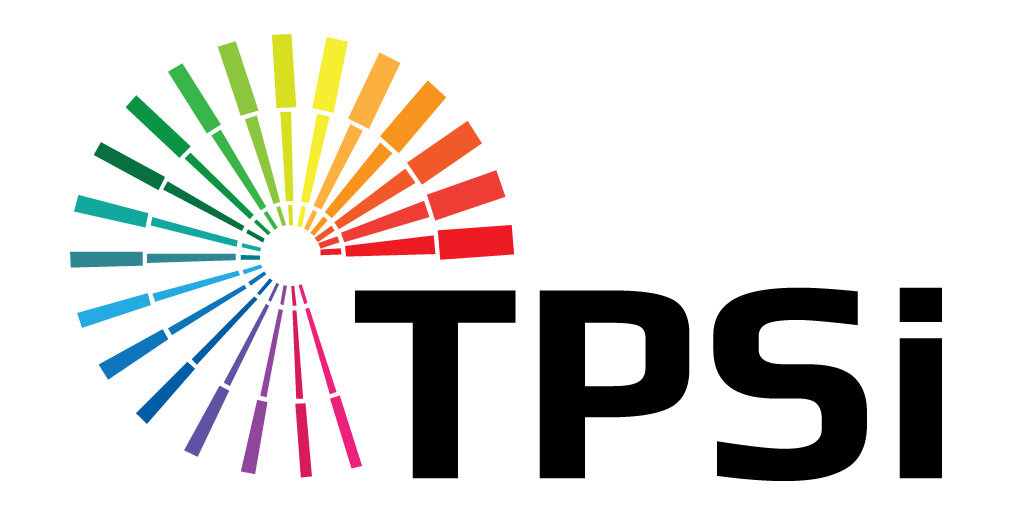Designing a postcard that converts starts with understanding both your message and your audience. Effective postcard design combines visual appeal, postal compliance, and clear communication. At TPSi, our HP Indigo 15K press provides offset-quality results, using CMYK plus three spot colors including white for superior design flexibility. This guide outlines practical, verifiable design steps that enhance visibility, readability, and customer response rates.
Step 1: Define Your Offer and Call to Action
Every postcard should feature a clear, singular call to action (CTA). Keep it concise and action-oriented. Examples include 'Call Now for a Quote,' 'Visit Our Website for 20% Off,' or 'Bring This Card to Redeem.' Position the CTA prominently on both sides of the postcard so it is immediately visible.
Step 2: Follow USPS Design Standards
Following USPS design regulations ensures your postcard qualifies for automated processing and postage discounts. TPSi ensures compliance with all USPS layout requirements, including address blocks, barcode zones, and indicia placement. This prevents surcharges or reprints due to misalignment or incorrect spacing.
Step 3: Use High-Quality Visuals and Readable Text
Use high-resolution (300 DPI) images and easy-to-read fonts. Avoid overloading the layout — white space improves focus and retention. TPSi’s HP Indigo 15K press, equipped with a seven-ink system (CMYK plus spot and white inks), maintains crisp color accuracy across large print runs. This ensures that visuals stay sharp and branding remains consistent.
Step 4: Design for Both Sides
Both sides of the postcard contribute to response rates. The front should catch attention immediately, while the back should clearly display the message, CTA, and mailing information. TPSi’s Heavy Substrate Option supports printing on durable 24 pt materials, allowing for premium double-sided color printing that maintains integrity during handling and mailing.
Step 5: Test Before Printing
Before large-scale production, print a proof to confirm colors, layout, and spacing accuracy. Proofing helps identify small issues that could affect readability or compliance. TPSi’s offset-quality printing from the HP Indigo 15K ensures the test sample accurately reflects the final output.
Step 6: Printing and Mailing Integration
When your design is finalized, TPSi integrates the file directly into our in-house print and mailing workflow. We offer EDDM (Every Door Direct Mail) as a standard service for reaching entire carrier routes, and traditional targeted mailings using NCOA-updated, CASS/PAVE-certified lists for precision delivery.
